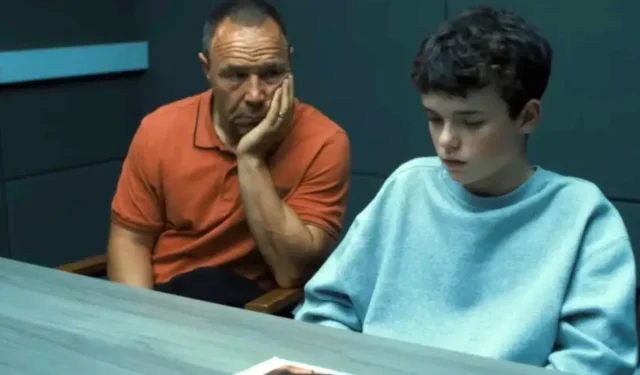Warning: Spoilers and potentially distressing themes ahead. Stephen Graham’s compelling Netflix drama Adolescence stands out in 2025 as a landmark series that grapples with intricate themes surrounding child violence and its societal roots. Through the unsettling narrative of a 13-year-old murderer, the show dives deep into the intertwined issues of violent misogyny, male anger, societal expectations of masculinity, and incel culture. The portrayal of Jamie Miller’s crime is both sensitive and thought-provoking, inviting viewers to ponder crucial questions rather than presenting clear-cut answers.
Unlike typical narratives that center around victims or the procedural details of crime, Adolescence shifts the focus to the perpetrator, Jamie Miller. He embodies the image of an ordinary teenager, excelling in school and supported by a caring family, including his father, Eddie, and a tight-knit group of friends. Yet, beneath this facade lies the potential for unimaginable violence.
Exploring the Focus on Misogyny in Adolescence
Concentrating on the Perpetrator Instead of the Victim
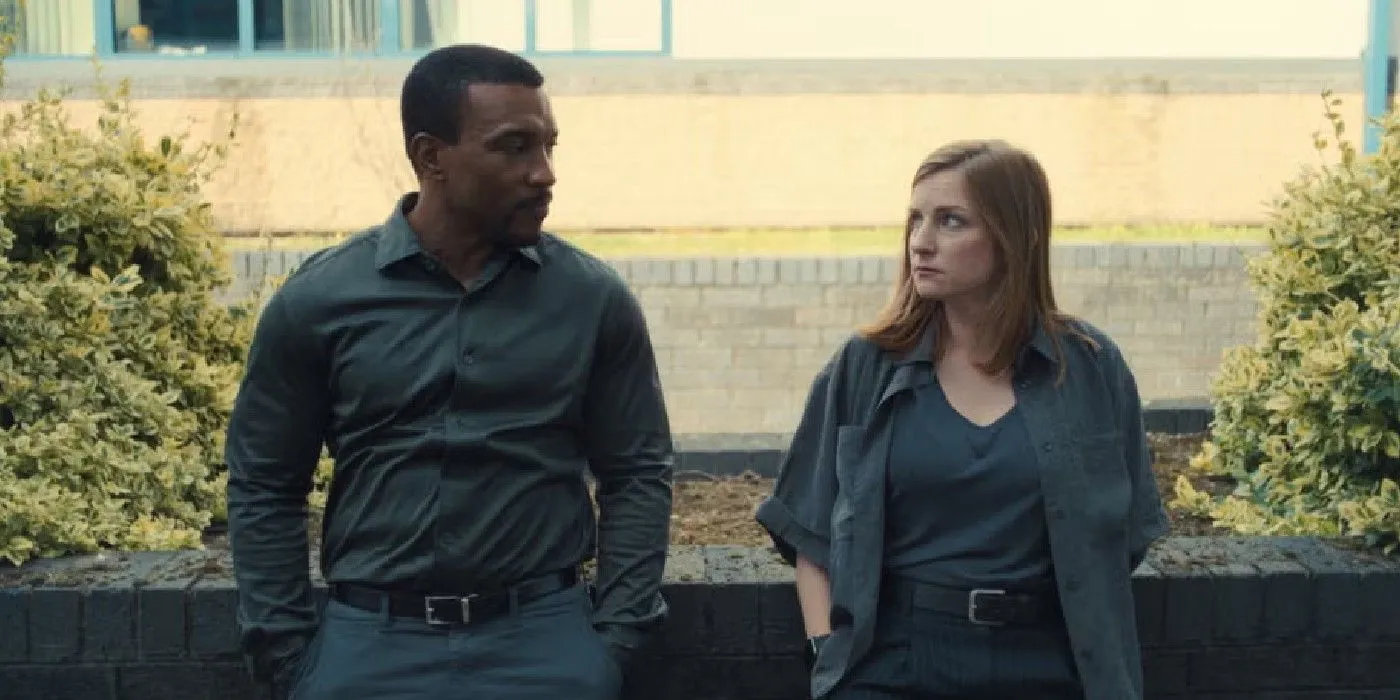
In a candid interview featured on Tudum, Stephen Graham articulates his choice to emphasize Jamie’s narrative over that of the victim. He acknowledges the necessity of victim perspectives but aims to explore the overwhelming impact on the families of perpetrators too. Jamie’s father, Eddie, encapsulates this tragedy with a simple, heart-wrenching question: “Why?” Graham’s vision intends to illuminate the societal foundations that lead to such violent acts of misogyny.
Through the aftermath of Jamie’s horrifying crime against Katie Leonard, the series examines how societal structures and personal relationships contribute to such violence. The exploration of Jamie’s life—including his relationships, school dynamics, and family interactions—serves as a lens through which viewers can better understand the motives lurking behind incomprehensible behaviors.
Jamie: A Byproduct of Incel Culture
Cyberbullying and Ideology Fuel Jamie’s Actions
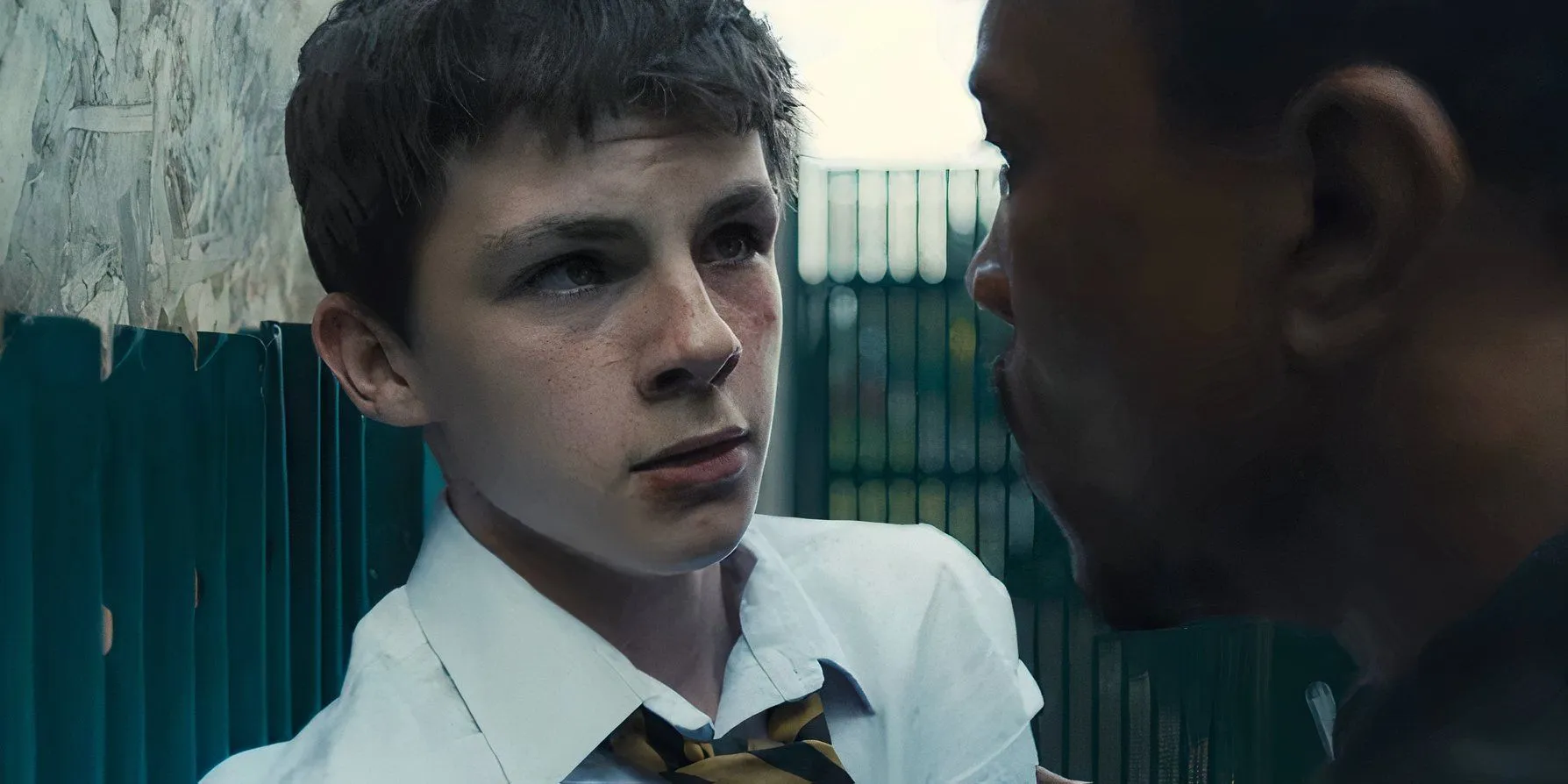
The opening scenes of Adolescence starkly present Jamie’s vulnerability. Confronted by law enforcement at home, his reaction reveals a disturbed and frightened child—he wets himself during the incident. This striking image lays the groundwork for a deeper inquiry into Jamie’s character, suggesting he is also a victim, albeit in a different manner than Katie.
As the narrative unfolds, it becomes apparent that Jamie’s violent outburst stems from a place of deep-seated pain and humiliation—specifically linked to being targeted by cyberbullying. Katie’s use of the term “incel”on social media not only mocks Jamie but serves as a catalyst for his darker impulses. This reinforces how unchecked bullying and online ideologies can combine to create a dangerous environment for vulnerable young individuals.
“Each episode of Adolescence delves into its themes without imposing a specific viewpoint on the audience,”notes Nick Bythrow in a ScreenRant review, highlighting the show’s nuanced approach. The themes of incel culture resonate profoundly, especially among adolescents, as they navigate their identities and perceptions of masculinity.
The Destructive Nature of Masculine Stereotypes
How Male Role Models Affect Self-Worth
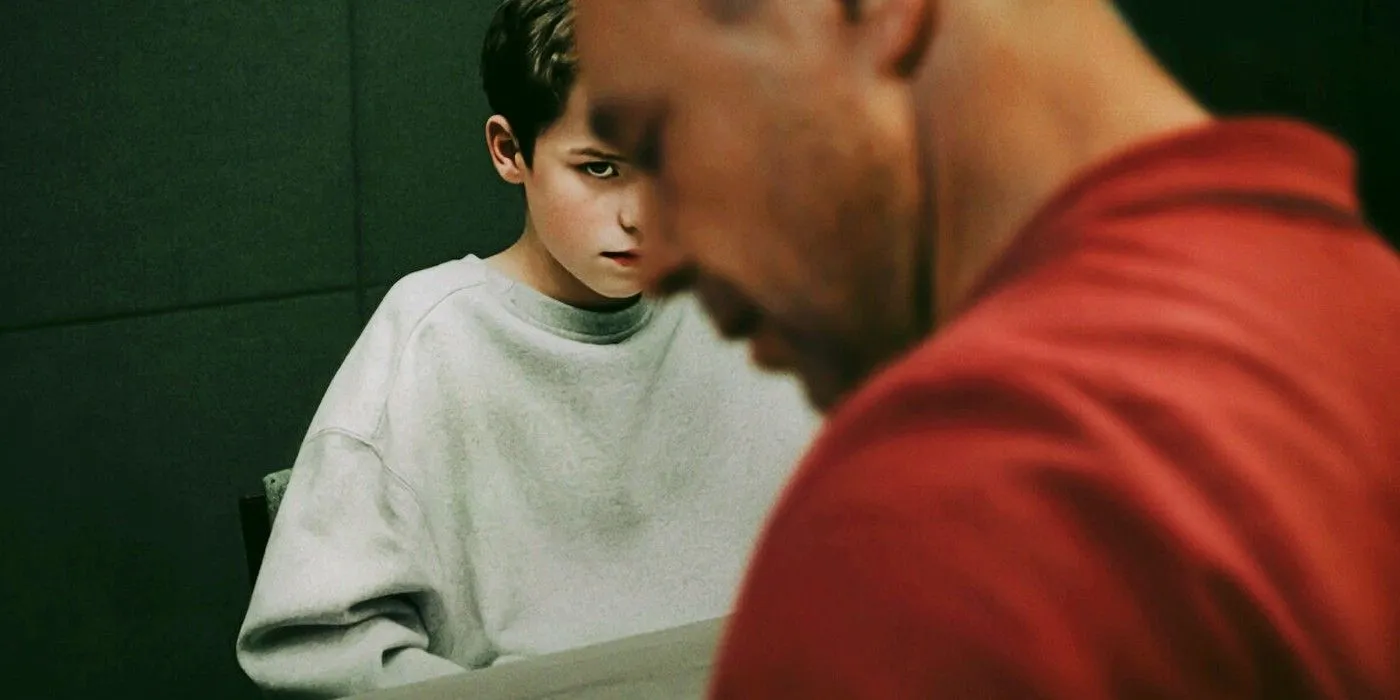
Adolescence poignantly illustrates how harmful masculinity templates contribute to Jamie’s emotional struggles. The show delineates how boys learn their social roles through various influences, often teaching them to suppress emotions except for anger, bond exclusively with males, and excel in traditional masculine pursuits, such as sports.
Through subtle storytelling and character interactions, viewers glean insights into Jamie’s self-perception as he grapples with these ideals. Despite an affinity for visual art, societal pressures and parental expectations have distorted his self-view, leading him to believe he is ‘the ugliest’ boy he knows. Jamie’s father, Eddie, attempts to break the cycle, yet the ingrained trauma from his own upbringing casts a long shadow over Jamie’s self-esteem.
Eddie’s emotional repression manifests in various ways throughout the series, ultimately contributing to Jamie’s vulnerabilities. Despite his father’s attempts to create a more nurturing environment, the legacy of toxic masculinity remains a powerful undercurrent affecting their relationship and Jamie’s self-worth.
Eddie: A Victim of Toxic Masculinity
The Generational Impact of Male Chauvinism
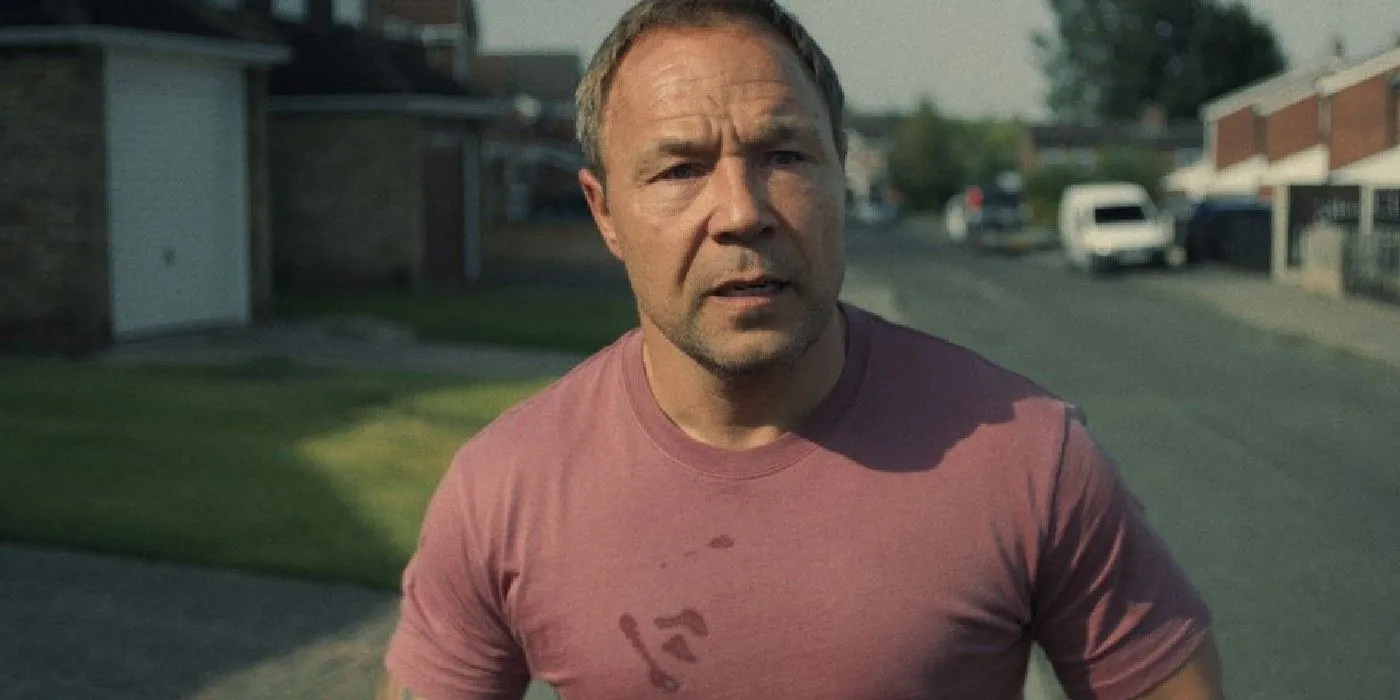
Adolescence also captures Eddie’s struggles with toxic masculinity—a legacy passed down through generations. The distance between him and his own father epitomizes the emotional neglect pervasive in their family dynamics, showcasing that Eddie’s upbringing has left indelible marks. Despite his commitment to being a different kind of father, remnants of his father’s harsh masculinity impact Eddie’s interaction with Jamie and Lisa, ultimately affecting Jamie’s development.
Eddie’s emotional barriers hinder his ability to connect with his children fully and can be seen as a contributing factor to Jamie’s precarious mental state. The show effectively conveys that misogynistic violence can emanate from a confluence of various factors, including parental influence, peer pressure, and pervasive ideologies. It fosters an ongoing dialogue about the need to redefine masculinity and reshape how society nurtures its youth.
Ultimately, Adolescence opens a vital conversation regarding the societal perception of masculinity and the urgent need to address the root causes of misogyny within intimate and broader social contexts.
